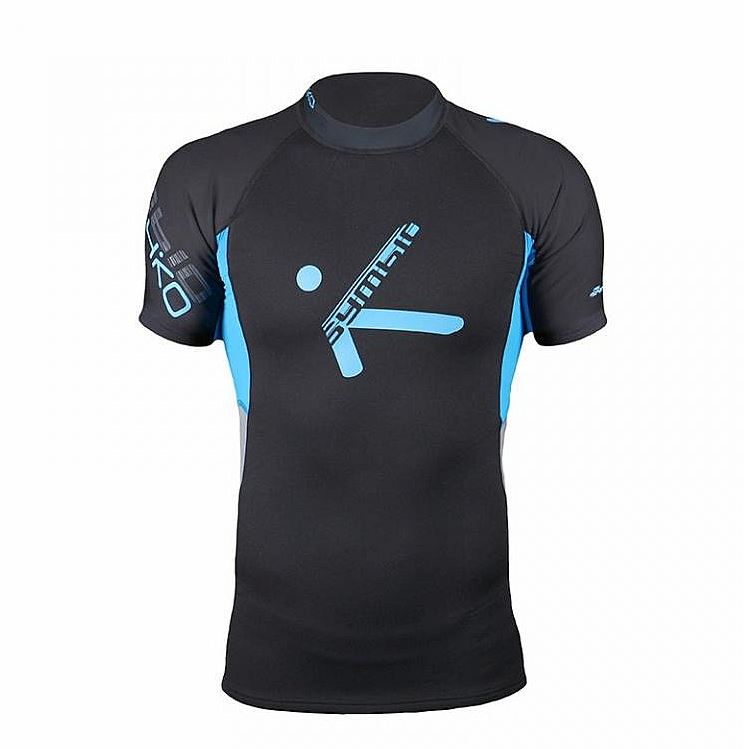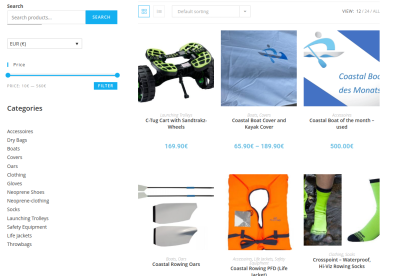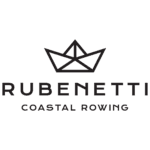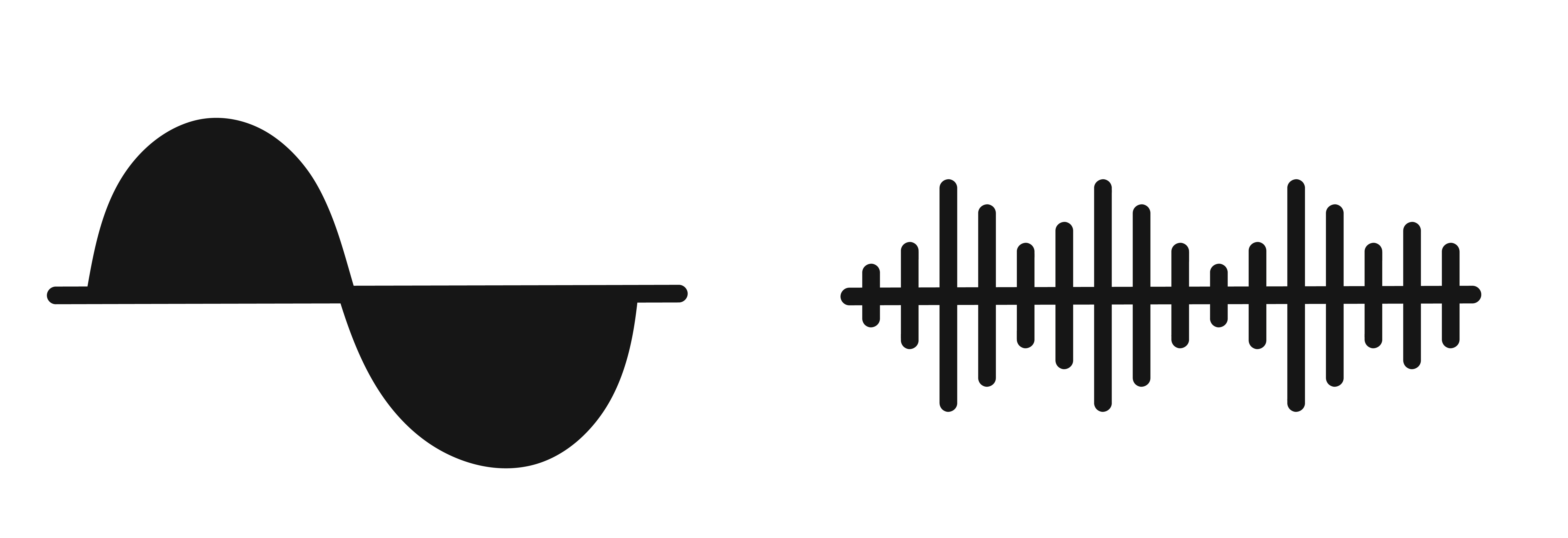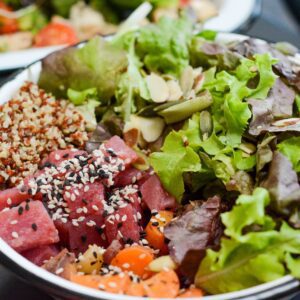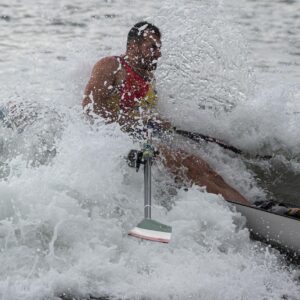Our Neoprene supplier, HIKO, cares about our environmental footprint. Hiko e.prene / Neoprene and Coastal Rowing are becoming a symbiosis: Good for rowers and good for the climate
What is e.prene: Neoprene for Coastal Rowing
HIKO constantly searches for greener alternatives to conventional materials and technologies and select partners who can deliver on our commitment. This is why we are thrilled to introduce e.prene into our portfolio of neoprene products. E.prene is an evolution of neoprene towards sustainability and superior performance. It is not a final solution, it is a journey with milestones worth celebrating. These are the main ones:
- Limestone replaced Petroleum

This was the first step towards cleaner rubber. Chloroprene is the main neoprene compound and it used to be obtained exclusively from petroleum. It was in 1960’s when a cleaner alternative was introduced – forming chloroprene from calcium carbonate found in limestone. The performance is better, too. Limestone based rubber has a microcell closed cell structure which prevents it from absorbing water. It is then lighter, warmer and lasts longer. Hiko uses exclusively limestone based rubber in our product.
- Carbon Black from Old Tires
Carbon black is the second key ingredient of neoprene rubber. It is now sourced from scrap tires which is cutting down on energy and CO2 emissions. (graphics in video – that means reduced energy and CO2 emission cut by 200g per wetsuit).
- Dope dying
Dope dying is exactly how it sounds! Traditionally nylon or polyester yarn is being weaved first and then dyed. This process requires lots of water that is colored with chemicals and then wasted. Dope dying alternates this process – the yarn is dyed before weaving. This reduces lots of this dirty water, the colors are brighter and more stable. Link to our shop
- Water based glue.
Instead of the traditional solvent based glue we source sheets laminated with water based adhesives. Without compromising the adhesive strength the water based alternative helps to eliminate harmful volatile organic compounds.
- Like a cookie dough
Have you ever made gingerbread cookies? You roll it, spread it, cut out those pretty shapes and what is left you add to another round. This is pretty much how our partners use neoprene when cutting them into required thicknesses. After the baking process the neoprene buns are trimmed to ensure nice and clean edges. Whatever is cut off does not go to waste. Instead it is melted and mixed with more neoprene compounds to produce more neoprene buns.
We know that e.prene will probably not change the world, but HIKO believes that by responsible choices we can make a difference.

